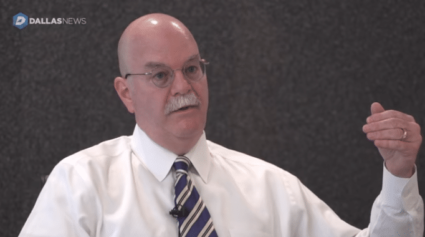If you wrote an original romantic screenplay called The Loving Story and the main characters were named Mildred and Richard Loving, that’d seem pretty cheesy. But there’s nothing bogus about the “epunymous” title of an incredibly essential documentary focused on the story of the Lovings, an interracial couple whose union in 1958 led to their arrest and conviction and exile from their home state of Virginia. Eventually their case led to the U.S. Supreme Court ruling in favor of mixed-race marriages nationwide, abolishing bans existing at the time in 16 states. The landmark decision took nearly a decade and is one of the most important civil rights triumphs in history. It’s also quite relevant today with the issue of same-sex marriage.
Nancy Buirski‘s film doesn’t directly make the link between then and now (though she does in a statement in the film’s press materials), even though Mildred had, until her death, been supportive of gay marriage campaigns and cases referencing herself and Richard via citations of the precedent set forth with Loving v. Virginia. It’s not necessary because we will make the obvious connection ourselves, and it wouldn’t be totally fair to the monumental achievements of half a century ago to impose the parallel.
While civil rights histories shall always have unspoken ties to ongoing civil rights struggles, they also have significance of their own without the contemporary context. And The Loving Story is very much a film situated in the past, entirely concerned with the Lovings, their lawyers and what occurred between the moment the couple said, “I do,” and the moment Chief Justice Earl Warren wrote, “Under our Constitution, the freedom to marry, or not marry, a person of another race resides with the individual and cannot be infringed by the State.”
Read more: Christopher Campbell, Film School Rejects


